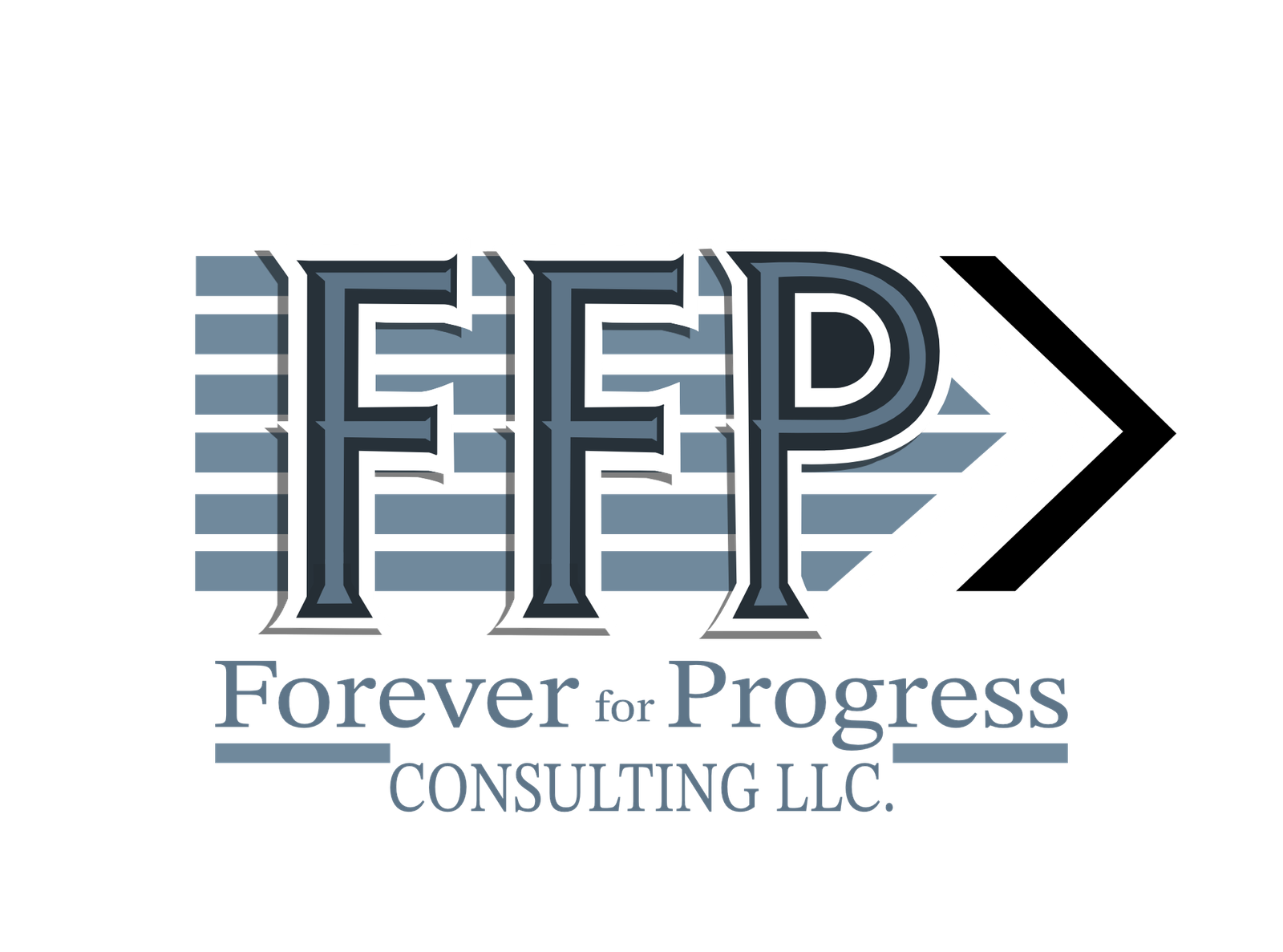
How to Fix Bottlenecks in Your Business
Maybe it’s a missed deadline that catches you off guard. Or maybe it’s an increase in customer complaints—emails going unanswered, orders taking too long to ship, or projects constantly running behind. Most business owners chalk it up to “being busy.” But in reality, you’re likely facing a business bottleneck—the hidden obstacle quietly holding back your entire operation.
Fixing bottlenecks isn’t just about process improvement. It’s a strategic move that unlocks capacity, protects your revenue, and preserves team morale—all things small business owners can’t afford to overlook.
What a Bottleneck Really Is
Picture a highway with five wide lanes of traffic suddenly narrowing into one. Cars back up, tempers rise, and everything grinds to a halt. That’s your bottleneck.
In a business setting, it can be just as disruptive. Think of a sales process that requires manager approval for every discount—creating a backlog when that manager is unavailable. Or a shipping process that’s delayed because inventory checks are done manually once a day. These small inefficiencies add up fast.
Here’s the tricky part: Bottlenecks often go unnoticed until the pressure builds. Work begins to pile up in one area while other departments sit idle. Customer experience suffers. Your team feels frustrated. And your business slows down—without a clear reason why.
Recognizing the Red Flags
Most bottlenecks leave breadcrumbs. You just need to know where to look.
- Unfinished tasks that linger in your project management system
- Support tickets sitting in “pending” longer than they should
- Overwhelmed team members in one area while others are underutilized
- Frequent follow-ups required to move work from one department to another
- Inconsistent delivery times for similar projects or customer requests
According to McKinsey, businesses that fail to address process inefficiencies lose up to 30% of their productivity annually. For a small business operating on tight margins, that’s the difference between surviving and scaling.
Use workflow tools like Asana, Trello, or Monday.com to visualize handoffs. Want to go deeper? Try process mining tools like Celonis to analyze real-time data across systems and highlight where delays occur.
Strategic Ways to Solve Bottlenecks
Fixing bottlenecks takes more than instinct. It requires a targeted, step-by-step approach. Here’s where to begin:
1. Add Capacity Where It Matters
If your bottleneck stems from a lack of time or hands, it’s time to expand. That could mean hiring another team member, upgrading to faster software, or outsourcing routine tasks. For example, if order fulfillment is consistently delayed, bringing in part-time warehouse support during peak periods can cut delivery times in half.
2. Redistribute the Workload
Many bottlenecks occur because a single person is handling too much. Empowering team leads to make decisions—or using decision trees to guide less experienced staff—can reduce friction. If your customer support lead is buried in escalations, train others to take on some of those cases confidently.
3. Automate Low-Impact Tasks
Repetitive administrative tasks are bottleneck breeding grounds. Leverage workflow automation tools like Zapier or Make to move data between systems without manual input. Automate invoice creation, schedule reminders, or email sequences to free up your team’s focus for higher-value work.
A Salesforce study found that automation can reduce task completion time by up to 45%, allowing your team to scale efforts without burning out.
4. Improve Cross-Team Communication
Miscommunication is often the hidden layer beneath every bottleneck. Define clear handoff processes, assign owners to every task stage, and consider daily stand-ups or async check-ins to keep workflows moving. A 15-minute sync can save hours of follow-up emails.
Make Prevention a Habit, Not a Project
Fixing bottlenecks once is good. Building a culture that prevents them altogether? That’s where scalability begins.
- Audit your processes monthly, not just when there’s a crisis
- Train your team to flag friction points early
- Encourage feedback from front-line employees—they usually see issues first
- Use task management and tracking tools that surface trends before they snowball
Most importantly, recognize that bottlenecks aren’t just operational glitches—they’re symptoms of growing pains. And if you’re experiencing them, it likely means your business is on the cusp of a breakthrough.
Final Thoughts
As a small business owner, your greatest asset is momentum. And bottlenecks steal it—slowly, subtly, and expensively. But with the right tools, mindset, and approach, these hidden slowdowns can become opportunities for strategic growth.
At FFP Consulting, we help businesses identify workflow bottlenecks, implement automation, and design systems that scale—without overwhelming your team. Whether you need a full audit or a fresh perspective, we’re here to help.
Ready to unlock smoother operations and smarter growth?
Book a process consultation with FFP Consulting and let’s find your biggest opportunities that may be hiding in plain sight.


